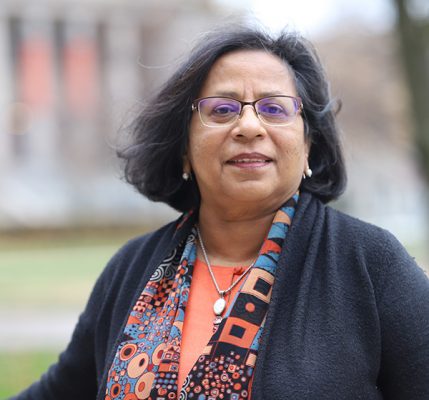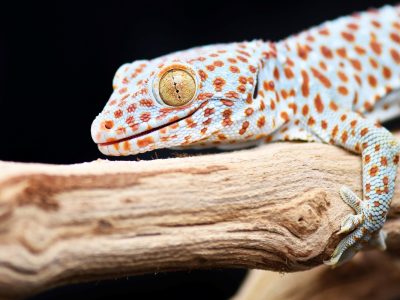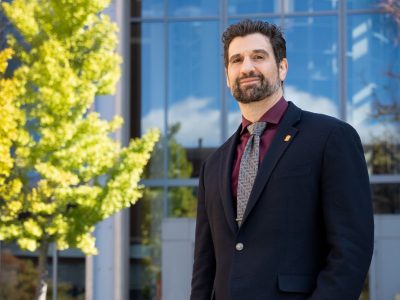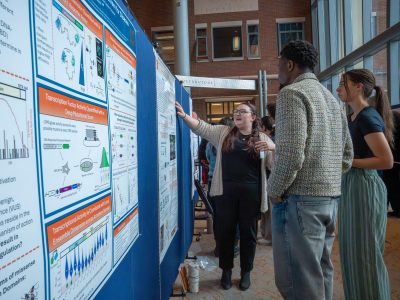Each year, on Feb. 11, the International Day of Women and Girls in Science shines a light on the vital contributions of women to the scientific landscape. Despite historical underrepresentation in STEM fields, women are breaking barriers, driven by a passion for discovery and a diverse range of exciting career paths. For the last two decades, Syracuse University’s Women in Science and Engineering (WiSE) has fostered this enthusiasm by encouraging mentorship, connecting scientists across disciplines and showcasing the joy of scientific exploration.
Founded in 1999, the program supports the recruitment, persistence and advancement of underrepresented scholars in STEM on the Syracuse University campus. The group continues to build a pipeline of scientists and engineers through its key goals to increase retention and representation, highlight scholars and establish an advising and mentoring network. These initiatives create a platform for students and faculty to exchange ideas and celebrate each other’s achievements.
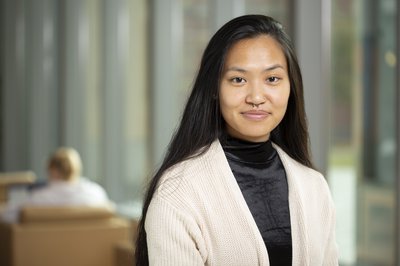
Sadie Novak, a fifth-year chemistry student, is one of the many WiSE participants who is following her passion of scientific research. She remembers connecting with organic chemistry as an undergrad and credits a noteworthy professor and the lab she worked in as promoting a community of belonging.
“The professor did an amazing job of showing how organic chemistry is applied beyond [the field of] chemistry. It made me realize there are so many opportunities to do with chemistry,” says Novak.
Continuing her work at Syracuse, Novak has found support and community within the WiSE monthly peer chat gatherings and networking events. “This has definitely opened a lot of doors and created a lot of community for women and other scholars in STEM here at Syracuse University,” says Novak.
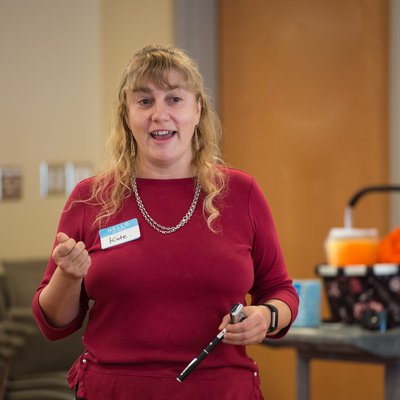
Program co-directors Shobha Bhatia and Kate Lewis say opportunities via informal mentorship and collaboration across science and engineering disciplines are crucial in providing support to University women and other scholars in the STEM fields and ensuring they have a shared space to build academic relationships.
“Having the opportunity to network with other women and scholars in STEM and obtain specific mentoring, training and coaching relevant to being a woman in STEM is really valuable,” says Lewis, biology professor and the Laura J. and L. Douglas Meredith Professor for Teaching Excellence in the College of Arts & Sciences. “It enables women to find different strategies to s쳮d and thrive and the networking also helps them to build their resilience.”
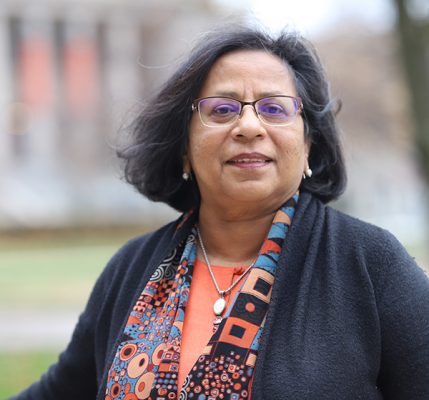
“WiSE provides a network and collaboration, mentoring and connections for different groups,” says Bhatia, civil and environmental engineering professor and the Laura J. and L. Douglas Meredith Professor for Teaching Excellence in the College of Engineering and Computer Science. “That is unique and if WiSE was not there, it’s not that people would not do well. But if you talk to any of them individually, they will find that the peer support has been extremely supportive.”
While women only hold about one-third of STEM occupations in the U.S., the landscape is shifting. Organizations like WiSE play a crucial role in this change. With a spotlight on women and girls in science in February, Novak says creating spaces where students can see themselves in professors and other STEM academics makes all the difference.
“If you don’t see other people who have done it [like role models] it’s even harder for you to imagine yourself there,” says Novak. “I think days like [Feb. 11] where we highlight people who are in the field are super important.”
Story by Daryl Lovell and Keith Kobland, members of the University’s central media relations team
